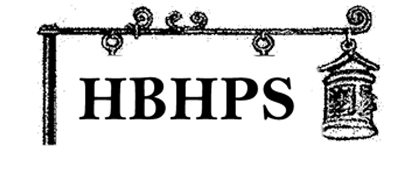Thursday yet again. Still Archives Month. What to say, what to say. Perhaps we should start with what exactly constitutes an “archive.” We often refer to them, but what exactly are they?
According to ICA (International Council on Archives, of course) “Archives are the documentary by-product of human activity retained for their long-term value.”
Probably not immensely helpful.

According to SAA (Society of American Archivists), “there are archives – usually written with a lowercase a and sometimes referred to in the singular as archive – which refers to the permanently valuable records; while Archives written with a capital A is an organization dedicated to preserving the documentary heritage of a particular group: a city, a province or state. Or, archives is also used to refer to the building or part of a building in which archival materials are kept”.
That’s all a bit murky.
According to NARA – National Archives and Records Administration – “an archives is a place where people can go to gather firsthand facts, data, and evidence from letters, reports, notes, memos, photographs, and other primary sources”.
Is this helping? We think this isn’t helping.
Basically, our archives are what helps us tell the story of Good Ground, aka Hampton Bays, and the lives that lived here. It fleshes out who owned a building and what they did there. It adds flavor to those sweet faces in a yearbook, when we look back at our unwrinkled selves. It is the basis for most of these weekly billet doux. That is what these are for us writers. Love letters to our past.
What exactly do we own?
We own hunks of wood, the old school stage, a piece of a boarding house floor, a piece of the wooden school building. We own door knobs, and steps – lighthouse – we own bottles of all shapes, size and color. Soda bottles, liquor bottles, medicine bottles, liniment and milk bottles.
We have newspapers of various ages & languages. We have newspaper articles to beat the band. Some are in lovely scrapbooks, some are in envelopes, some are just floating all over the place. But each snippet provides a clue to our past. A snippet from a newspaper can pique one’s interest and follow the trail to a full blown story. We are often able to answer an inquiry based on one of these scraps. Often these articles become the basis for one of these weekly offerings.
There are books – autograph, cook, year, children’s, research, note, school and church, including some Bibles.
There are photos, black and white, color, colorized, portraits, daguerreotypes, ambrotypes,and tintypes. Professional, amateur, framed and not. Don’t get us started on the postcards.
We have tools, fishing implements, clam rakes and baskets; spinning wheels and furniture. Oh and chairs. Lots of chairs. Some are even safe to sit on.
Clothes, children and adult; handmade rugs, textiles, embroidery, needlepoint, quilts of all shapes and sizes.
Oh. Let’s not forget hats. You didn’t think we’d forget those did you? Jervis Tetch has nothing on us (left as an exercise for the reader).
What is all this stuff used for? It is used for exhibits and decoration. It is used to jog the memories of our oral history participants. It is used to help us see what the past looked like.
It is the past, living and breathing. We try to keep it alive.
